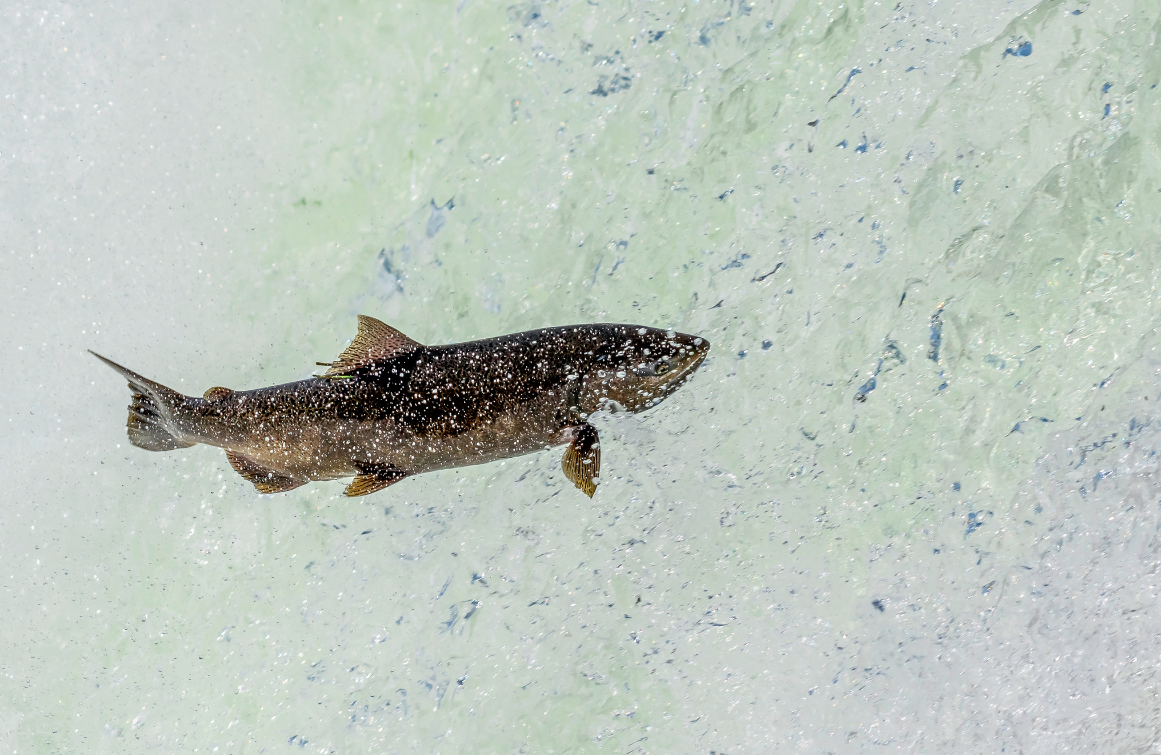
Hunting and habitat loss drove California grizzly bears to extinction, and today, these animals exist only on our state flag. Their history provides a stark reminder of how much California’s iconic ecosystems have deteriorated. Coastal California, reminiscent of coastal Alaska, was an ecosystem dominated by large salmon runs which fed those California grizzlies, provided nutrients for riparian areas, and offered sustenance for the native people who lived, and continue to live, along California’s waterways. But poor environmental stewardship has caused our salmon runs to decline to a mere shadow of what they once were, with many fish facing extinction and extirpation. California’s legal status quo allowed for the decline of these fisheries, and therefore, to recover them, California law needs to change.
This year, Assemblymember Chris Rogers introduced Assembly Bill 263, which amends the Water Code to protect the Scott and Shasta River Watersheds – two essential salmon nurseries in the Klamath River Watershed. Along with the Karuk and Yurok Tribes, California Coastkeeper Alliance is proud to be a co-sponsor of this bill.
Since 2021, Governor Newsom has proclaimed a drought emergency in the Scott and Shasta River Watersheds, giving the State Water Board emergency authority to protect salmon by ensuring that water users do not divert the rivers dry. These emergency regulations require that a small percentage of the rivers’ flow actually stays in the river; an amount of what that California’s Department of Fish and Wildlife, in consultation with the National Marine Fisheries Service, has determined to be the minimum necessary to “enable salmonids in these rivers to survive.” These are the same emergency regulations that the Shasta River Ranchers Association blatantly violated in August, 2022 when they illegally drained more than half the river.
Although the emergency regulations are designed to only provide the bare minimum amount of water necessary for salmon survival, in most non-drought years, United States Geological Survey stream gage data shows that flows in these rivers fall well below minimum survival flows. This creates a paradox where, thanks to the emergency regulations, salmon are more protected in drought than they are in wet years.
Due to persistent advocacy by California Coastkeeper Alliance, Tribal, fishing, and other environmental organizations, the State Water Board has taken significant steps toward regulating flows in these Watersheds outside of drought using non-emergency regulations. But adopting those non-emergency regulations will take time – time in which salmon will be left without bare-minimum survival flows. Moreover, emergency regulations expire after a single year, and it is time consuming and expensive to re-adopt necessary emergency regulations annually. And should Governor Newsom revoke his drought proclamation, these watersheds will be left without any protection at all while the Board undergoes this long-term regulatory process.
Accordingly, AB 263 keeps the emergency regulations in place until the State Water Board can adopt something more permanent, ensuring that these rivers do not run dry.
Stay informed of our legislative work and our work to protect California’s waters by subscribing to California Coastkeeper Alliance’s monthly newsletter, becoming a lifetime member, or following us on social media: @CA_Waterkeepers.
Staff Attorney Cody Phillips advocates for statewide policies that protect water quality and access to clean water throughout California.



